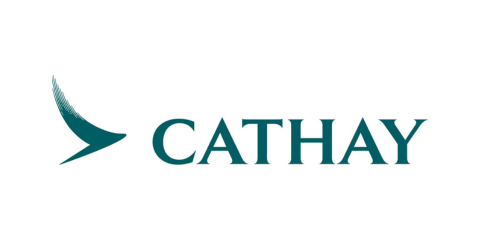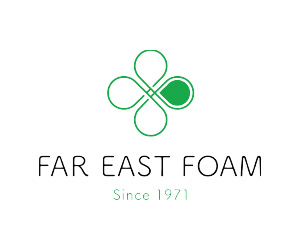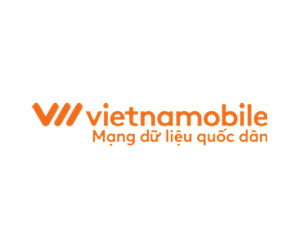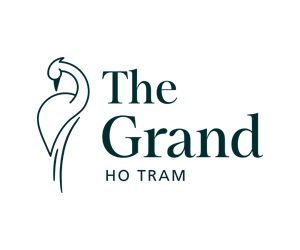Want to be in the loop?
subscribe to
our notification
Business News
HANOI TO ESTABLISH THIRD CITY COMPRISING TWO DISTRICTS
The People's Committee of Hanoi has presented an adjusted planning scheme for the city's overall development until 2045, with a vision for 2065, foreseeing population growth reaching 12 million by 2030, 14.6 million by 2045 and 15.5 million by 2050.
Building upon the 2011 master planning scheme, Hanoi's urban development strategy divides the city into five regions. These encompass the central urban area, including the historic inner city and expanding zones like Dan Phuong, Hoai Duc and Thanh Tri.
The eastern urban area covers Long Bien and Gia Lam districts, while the northern region comprises Dong Anh, Me Linh, and Soc Son districts. The western area encompasses Son Tay, Ba Vi, Phuc Tho, Thach That and Chuong My, while the southern area includes Thanh Oai, My Duc, Ung Hoa, Thuong Tin and Phu Xuyen.
Hanoi's plan introduces the 'city within the capital' model, aiming to develop new urban centres. This involves constructing a northern city in Dong Anh, Me Linh and Soc Son districts and a western city in the Hoa Lac high-tech zone (Thach That district) and Xuan Mai town (Chuong My district).
Following the establishment of the second airport in the capital region, Hanoi plans to develop a city in the southern area, spanning Phu Xuyen and Ung Hoa districts. This city will be integrated with the airport and serve as a comprehensive transport hub, including aviation, railways (national and urban), waterways (Red River) and highways.
The northern city of Hanoi, centred around Noi Bai Airport, will focus on industrial, service, financial and high-tech sectors. Additionally, it will promote eco-tourism and entertainment centres. By 2045, it's projected to cover around 633sq.km, with an urban land area of 385 sq.km and a population of about 3.25 million, distributed across 45 wards and 24 communes.
The western city around the Hoa Lac high-tech zone and Xuan Mai town, is envisioned as a hub for scientific research, high-tech training, and the development of advanced technology products. It will span approximately 251sq.km, with an estimated population of about 1.2 million by 2045. Urban construction land will cover around 135sq.km, accommodating roughly 1.08 million residents, while suburban areas will encompass about 116sq.km with a population of approximately 120,000. This city is projected to consist of 16 wards and 8 communes.
In addition, Hanoi plans to transform rural areas in the southern region, including Thanh Oai, My Duc, Ung Hoa, and Phu Xuyen districts, into centres for high-tech agriculture and eco-religious tourism.
For land use planning, Hanoi anticipates that urban construction land will encompass about 90,000ha by 2030, accounting for 27 percent of the city's total area. By 2025, this figure is expected to increase to around 120,000 hectares, representing 36 percent of the city's total area.
Source: VIR
Related News

VIETNAM’S GDP TO GROW 5.5% THIS YEAR – WB
This forecast is based on the assumption of a moderate recovery in manufacturing exports in 2024, fueled by rebound growth of 8.5% year-on-year in the fourth quarter of 2023 and 17.2% year-on-year in the first quarter of 2024, reflecting strengthening global demand, said Dorsati Madani, senior country economist at the WB in Vietnam.

FARE REFUND FOR VISA REJECTION
Cathay Pacific will offer full refunds for cases of visa rejection to provide you with the confidence to explore the world with ease. If you are planning to fly to a destination that requires an entry visa, you can now book with greater peace of mind.

FOUR COMMODITIES POST Q1 EXPORT VALUE OF OVER 5 BILLION USD
The total export turnover of agricultural, forestry, and fisheries products in the first three months of 2024 is estimated to reach 13.53 billion USD, an increase of 21.8% compared to the same period of 2023.

MOIT PROPOSES SCHEME TO BOOST RENEWABLE ENERGY PROCUREMENT
The proposed Direct Power Purchase Agreement (DDPA) mechanism, outlined in the draft decree, targets organisations and individuals consuming electricity from the 22kV power grid or higher, with a monthly consumption averaging 500,000kWh. However, residential households are excluded from direct procurement.

REAL ESTATE BONDS PLACE PRESSURE ON ISSUING FIRMS
The ministry’s recent report underscores concerns within Vietnam’s corporate bond market for 2023 and 2024. It emphasizes the critical need to address hindrances to the real estate sector in line with the objectives provided in Government Resolution No. 33/NQ-CP, which aims to stabilize the industry.

DA NANG CUSTOMS FOCUSES ON DEVELOPING CUSTOMS-BUSINESS PARTNERSHIPS
Da Nang Customs Department issued an action plan for developing customs-business partnership in 2024. One of the new events this year is the workshop on “Settlement reports for enterprises engaged in outsourcing, export production and export processing” held in Da Nang Customs Department on April 16, 2024.

































